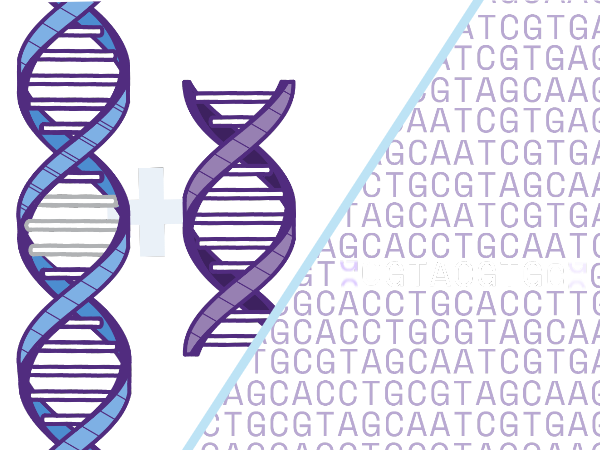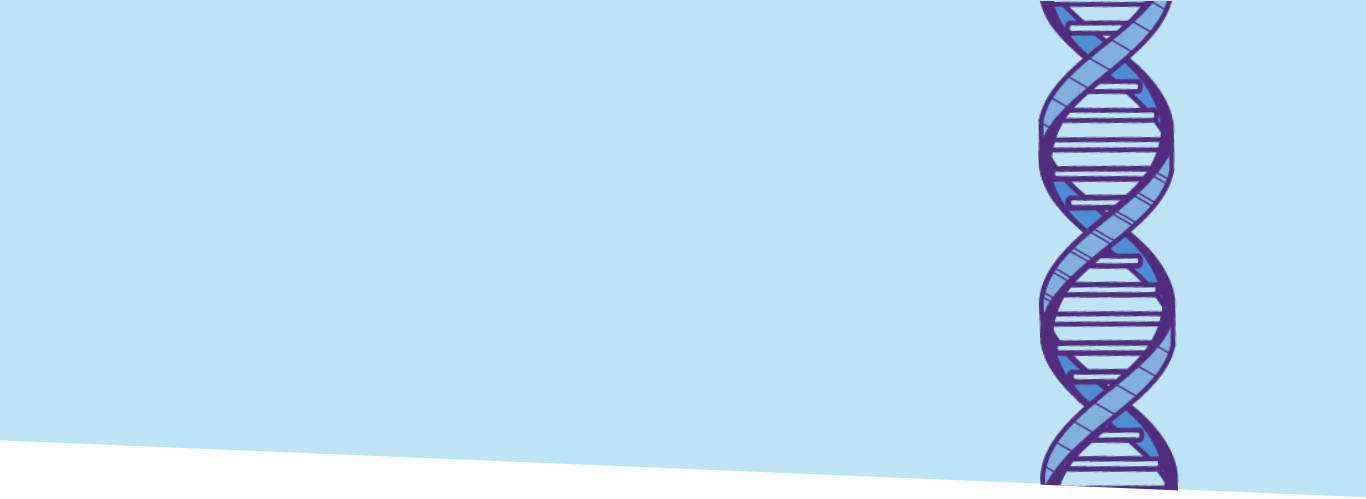Cell therapy
Cell therapy is the transplantation of cells to replace or repair damaged tissue and/or cells.5 It aims to treat a disease by delivering cells responsible for biologic functions in 1 of 2 ways6:
- Allogeneic cell therapies use donor cells or cultured cell lines, which are administered to a patient4,6-8
- Autologous cell therapies use a patient’s own cells, which are modified and administered back to the patient6
Note that autologous cells can be genetically modified via gene-therapy approaches outlined below, with individualized therapies targeting a patient’s own cells.9,10
Gene therapy
Gene therapy is the modification of the cells’ genome via gene addition or gene editing.2,9,11 Gene-therapy methods vary and can include11:
- Replacing a nonworking gene with a functional gene
- Inactivating a mutated gene
- Adding a new or exogenous gene into cells
- Editing or permanently manipulating a gene
Gene addition
Gene-addition tools can target faulty genes within a patient’s cells by adding a functional gene into the genome and affecting protein expression.12 The strategic approach for gene addition typically involves:
- Delivering a new functional gene to a target cell via a viral vector12,13
- Then, the functional gene either integrates into the host DNA or remains outside the chromosome, both of which can result in functional protein production11-13
Gene editing
Gene-editing tools can disrupt, delete, insert, or correct specific genes within a patient’s cells.14 Strategies that can be used to achieve therapeutic effects include:
- Inactivating a mutant gene to stop its expression14
- Correcting a gene mutation back to its original sequence15
- Inactivating a disease-related gene to turn on an alternative pathway16,17
- Using a dual-site targeting system to insert or delete a gene16
Learn the different gene-therapy approaches
Ready to dig deeper? Explore the gene-therapy tools, techniques, and delivery methods of gene addition and gene editing.

Know the latest gene-therapy disease areas being studied
Recent advances in gene therapy are stirring excitement in scientists and physicians while raising curiosity in patients and caregivers. Many gene therapies are in active clinical trials, with a range of diseases under research, while several are already being applied as approved treatments for some conditions.25,26

Sign up to stay informed
Stay with Vertex as we continue to explore the evolving field of gene therapy.

